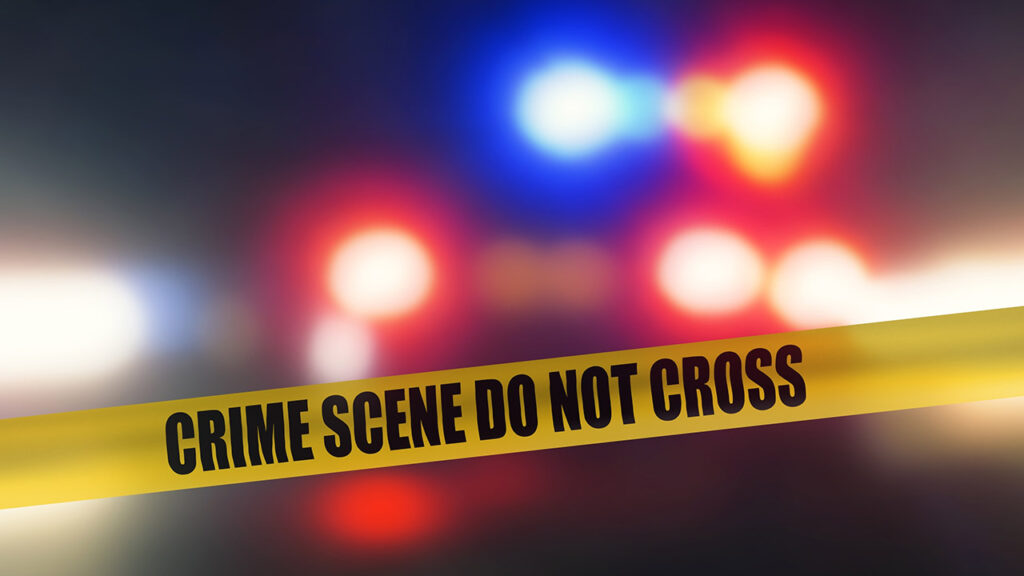Share
|
Getting your Trinity Audio player ready...
|
A 1988 California insurance law has inoculated drivers and homeowners from exorbitant rate increases that the rest of the nation regularly faces.
But insurers say that same law is destroying the California insurance market.
In the first six months of 2023, car insurance rates rose an average of 17% nationally, according to insurance company Insurify. Analysts predict another 4% increase before the end of the year. Rates in New Mexico skyrocketed by 38%, followed by Nevada, which increased by 36%. Michigan, already with the highest premiums, rose 31% year-over-year.
Californians, however, have enjoyed limited rate hikes, with premiums 10% lower than the national average. Approved by voters in 1988, Prop. 103 created California’s insurance commissioner, who has to approve rate hikes before insurance companies can implement them.
But following climate disasters and rampant inflation, insurance companies are pulling back on the availability of policies in California. Insurers say they can’t increase premiums at a rate that keeps up with their costs.
California’s largest insurance provider by market share, State Farm, said earlier this year it would no longer sign new home insurance policies. That news came a year after Allstate made a similar announcement.
Inflation Creates Havoc for California Auto Insurers
The auto insurance market may get there soon as well.
“In California, we’ve seen the general inflation rate at 8, 9%, but we’re seeing three times that for car parts or replacement vehicles or car rental costs,” said Denni Ritter, vice president of the western region of the American Property Casualty Insurance Association.
Geico closed all of its physical offices and Progressive reduced advertising in the state, according to Insurify.
Insurers say the antiquated California insurance market needs to be updated, according to Ritter. But that may come at the cost of the state’s historically low rates.

Insurers Losing 13 Cents On Every Dollar
The cost to repair a car increased 20% year-over-year in June, according to the Consumer Price Index. Car rental prices have increased by 48% from July 2019 to July 2022. When drivers file a claim, insurers pay those rates to fix a car.
That’s what’s caused insurers to supercharge rate hikes, said Tanveen Vohra, data journalist and editor of the study by Insurify.
“This has a direct effect on claims and the cost borne by the insurer to fulfill those claims,” Vohra said.
Any insurance increase of more than 7% requires a public hearing, Vohra said. For that, insurers are unable to increase premiums to keep up with increased risk and price.
Ritter said auto insurers have paid out $1.13 for every $1 they collect in premiums over the past 10 years.
Some insurers have faced millions of dollars of losses in a month, Ritter said.
“You can’t sustainably operate that way,” Ritter said.
California is the largest market in the U.S., so insurers have a reason to be here, but some are limiting access. Meanwhile, insurers still accepting new policies have been inundated with fresh applications.
“Other insurers have now seen their new applicant numbers skyrocket because of other insurers exiting the market,” Ritter said. “So they’re eyeing their growth nervously.”
Insurers Want Prop 103 ‘Modernized’
Insurers say pricing models for home insurance don’t work in today’s climate. With the increased frequency and severity of wildfires, they can’t cover those levels of losses. The 2018 Camp Fire killed 85 people and destroyed 18,000 buildings, including the town of Paradise.
Both Allstate and State Farm said that wildfires were the top reason for pulling out of the market.
But insurance companies can’t use catastrophe models in calculating policy costs as is done in other states, Ritter said. In California, insurers look at the last 20 years of losses to base pricing models. But the frequency of wildfires in the last few years has outpaced historical data.

The Federal Emergency Management Agency considers half of California’s counties to be of “relatively high” risk. Nationally, less than 5% of counties get that designation. In hurricane-heavy Florida, that rate doesn’t reach 30%. The percentage of California counties considered “very high” risk is double that of Florida as well.
Despite that, California doesn’t make the top 10 states for the highest home insurance rates.
Insurers are working to change that. Despite lower prices for insurance customers, Ritter said California is not a healthy market.
“That’s why you have some carriers who — because they haven’t been able to charge an adequate rate in the state — are making those difficult decisions to restrict their availability in the state of California,” Ritter said.


















